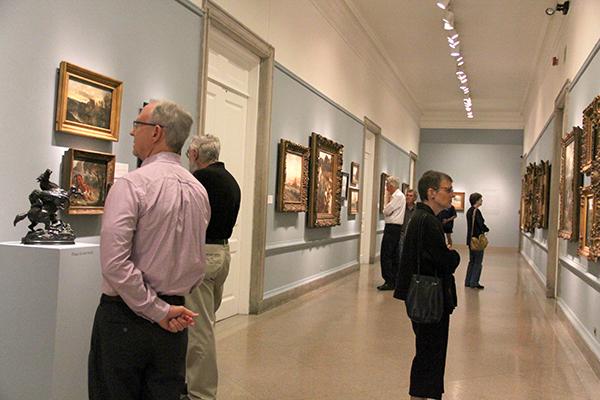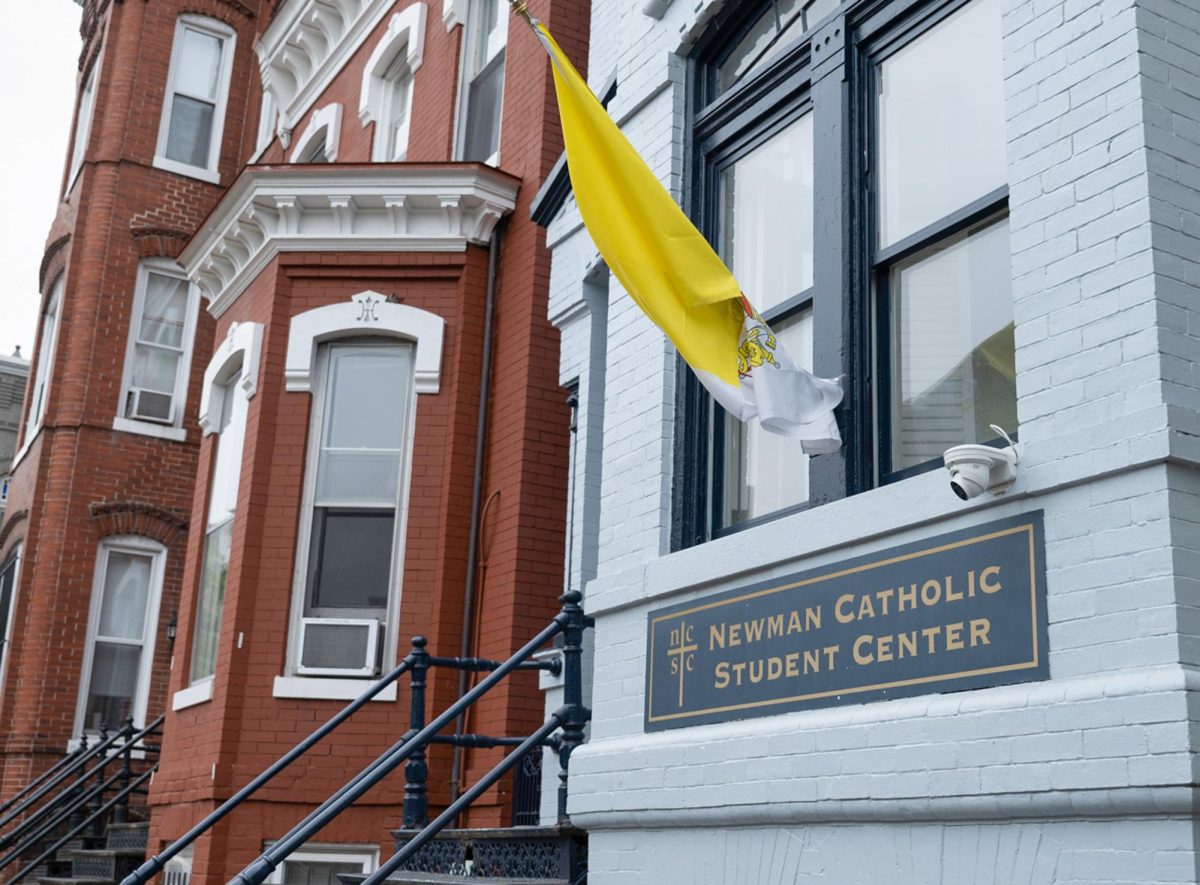The District’s oldest private art gallery will close Oct. 1 for an overhaul of its collection of works by artists like Edward Hopper, Willem de Kooning and Pablo Picasso, which will be restored and redistributed to the National Gallery of Art and smaller galleries and universities across D.C.
In what many call a controversial and time-consuming institutional merger, local art critics and curators have divided between those gunning to acquire some of the Corcoran’s photography and American art, and those who resent what they call the end of the Corcoran’s legacy.
The National Gallery of Art will keep at least half of the Corcoran’s 17,000-piece collection. The rest will go to galleries and schools that can properly restore and house the art, with preference given to the dozens of nonprofit educational institutions in the D.C. area to honor the mission of founder William Corcoran.
Tyler Green, a D.C.-based art critic and journalist, said politics will likely drive which galleries receive certain masterpieces.

“What gets distributed where is a little bit of inside baseball,” Green said.
A spokesperson for the National Gallery of Art, Deborah Ziska, said the museum is still combing through the Corcoran’s collection to determine which pieces it will keep. Lauren Stack, chief of operations at the Corcoran Gallery, and Mimi Carter, the former head of communications for the Corcoran who now works at the National Gallery, both declined to comment.
It’s the uncertainty that has made it difficult for local galleries, like the Phillips Collection, to plan for potential exhibit spaces.
“I can’t really endeavor a guess because it really is just a guess at this point,” said Sarah Schaffer, a spokeswoman for the Phillips Collection. “It’s going to take a long time to peel back the onion on how this will work out.”
But some members of the art community are already remodeling their spaces to accommodate pieces of Corcoran art.
Jack Rasmussen, a National Gallery ex-pat who served as director and curator of American University’s Katzen Arts Center since it opened in 2004, said although the museum is still waiting for the National Gallery to decide what it will keep, American is interested in acquiring some of the Corcoran’s Washington-themed art.
Rasmussen, well-coiffed and wearing pinstripes, said the Corcoran’s work would fit with the center’s more than 6,000 works that focus on international and political themes.
“We’d be the only museum that wasn’t if we weren’t interested,” said Rasmussen, laughing.
Other university art museums, like the student gallery at Georgetown, aren’t even contenders for Corcoran art: They don’t have the money or space to house the work, Georgetown’s gallery director Evan Reed said.
But American is a different story. Rasmussen said because administrators value both students’ political involvement and the unique mission of the Katzen museum, they’ve committed to constructing a new space on campus to house potential Corcoran acquisitions.
Plans like these are likely what will keep parts of the Corcoran collection in the public eye. The National Gallery of Art plans to reduce exhibit space on the Corcoran’s second floor from 37,000 to 15,000 feet, an about 40 percent decrease, to make room for more academic space.
And because the National Gallery will retain half of the 17,000 piece collection – regardless of whether there’s room to show it – most of what it keeps will go into storage.
Green said he believes the National Gallery of Art’s handling of the acquisition will not serve “art, art history or audiences.” For example, he said the gallery plans to house contemporary art on the Corcoran’s second floor, which does not match the building’s pre-Civil War architecture.
“Of all of the major art museums in America least prepared to take advantage of an unexpected, never-before happened windfall like this, the National Gallery is certainly the least prepared and able,” Green said.
Corcoran students held a Victorian-themed funeral Saturday for the 145-year-old museum in honor of its founder. About 40 people – dressed in mourning coats and veils – gathered at the Corcoran’s 17th Street Beaux-Arts building and went to the Oak Hill Cemetery, the site of William Corcoran’s mausoleum.
Rasmussen is more optimistic about the merger’s impact. While he said it will cause a culture shift, he said the changes will also “shake things” up for the formerly financially failing institution.
“It’s very sad to lose the Corcoran as it was, but hopefully this will be an addition to the community, too,” Rasmussen said.








